Eindhoven design studio Formafantasma is "experimenting with lava"
Dezeen and MINI World Tour: in our next movie from Eindhoven, Simone Farresin and Andrea Trimarchi of Formafantasma show us their experiments with unusual materials including fish skin, cow bladders, animal blood and even lava. Update: this interview is featured in Dezeen Book of Interviews, which is on sale now for £12.
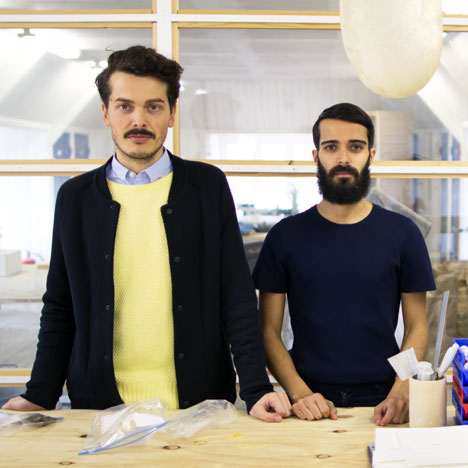
Italian designers Farresin and Trimarchi, who met at Design Academy Eindhoven and set up Formafantasma in the small Dutch city after graduating, have become well-known for their interesting use of materials.
Past projects include objects made out of food, a range of natural plastic vessels and furniture covered with discarded animal skins.
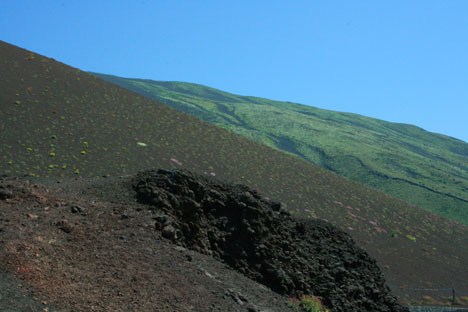
The duo's latest project involves melting down volcanic rock from Mount Etna in Sicily.
"We are conducting some really simple experiments by remelting lava," Farresin tells us when we visited their studio during Dutch Design Week.
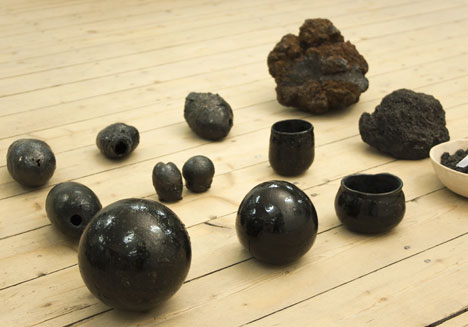
"We are working with basalt fibres, which is this really interesting material that we found. It is similar to glass fibre, but is entirely produced by the melting of lava. Because of the chemical components of lava, you can create fibres with it."
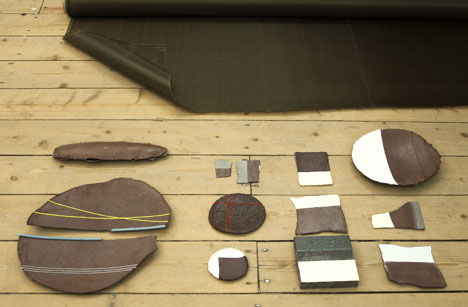
Farresin shows us two applications of the material, a textile made from woven threads of basalt fibre as well as a ceramic-like material, which is made from layers of this textile heated in a kiln.
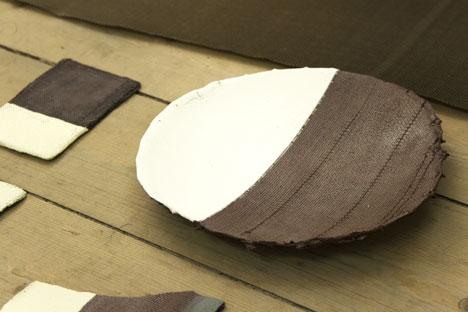
"We put it in a ceramic oven and control [the temperature] so that the basalt fibre does not melt completely and turns into a more structural material," Farresin explains.
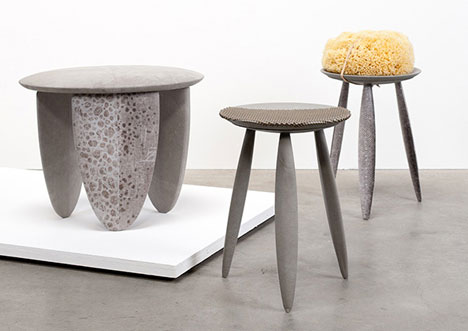
He then shows us fish skin samples from Formafantasma's Craftica project for Fendi.
"What we like about these skins, which we got from a company in Iceland, is that they have been discarded by the food industry," he says. "We are actually continuing the investigation of these materials and are [currently] designing a piece for a company using fish skins."
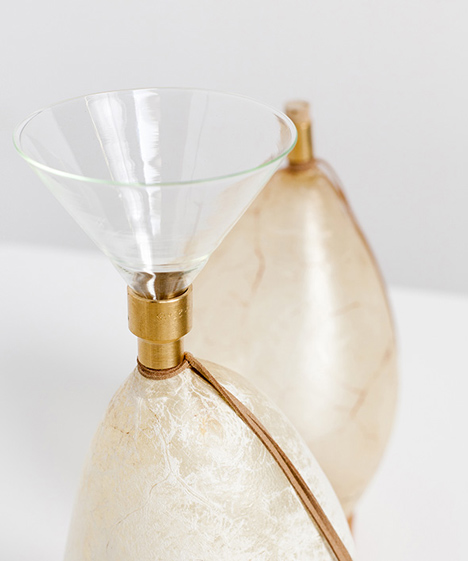
The Craftica collection also included water containers made from animal bladders, which Trimarchi shows us next.
"These are from cows and, again, they come from the food industry," he says. "Usually these are used in Italy to make cases for mortadella [an Italian sausage]."
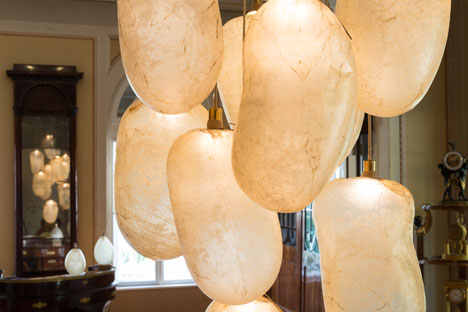
Farresin adds: "We still find the material fascinating, so we thought to use them in lighting. We made a construction using the valve of a bike so that we can basically dry the piece and inflate it directly on the LED light source."
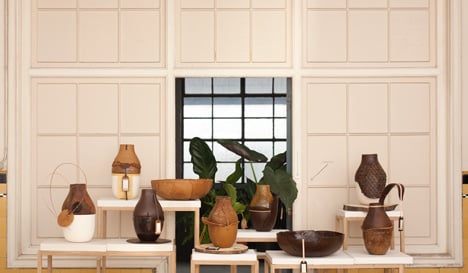
Finally, Farresin and Trimarchi show us samples from their Botanica project, a series of vessels made from natural plastics, which was acquired by London's V&A Museum this year.
The first is bois durci, a nineteenth-century plastic made from sawdust and animal blood. Then he shows us pieces of shellac, a natural polymer secreted by lac bugs, a small parasitic insect native to India and Thailand.
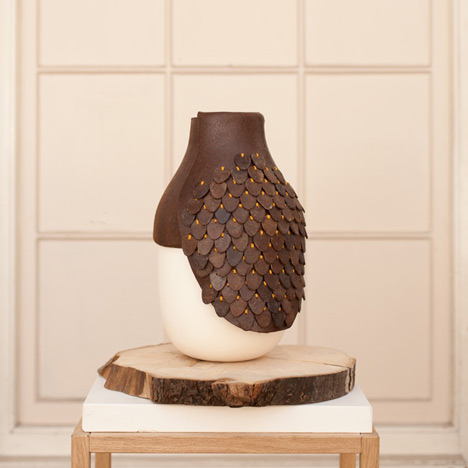
Trimarchi says that, since the Botanica project, they have been looking into better methods of producing the material as well as ways of using it.
"Something we are really trying to investigate is to make the production process of shellac more efficient," he explains.
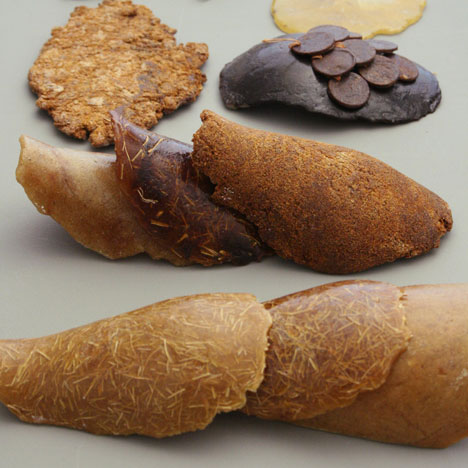
Farresin adds: "Nowadays it is just farmed by small communities in India and Thailand. We see a parallel between this and silk production, but the farming is really difficult."
"We are interested in getting in touch with institutions in India to see if we can participate in improving the bug farming there."
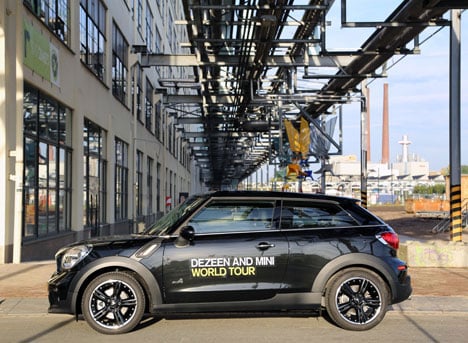
We drove around Eindhoven in our MINI Cooper S Paceman. The music in the movie is a track called Family Music by Eindhoven-based hip hop producer Y'Skid.
You can listen to more music by Y'Skid on Dezeen Music Project and watch more of our Dezeen and MINI World Tour movies here.
